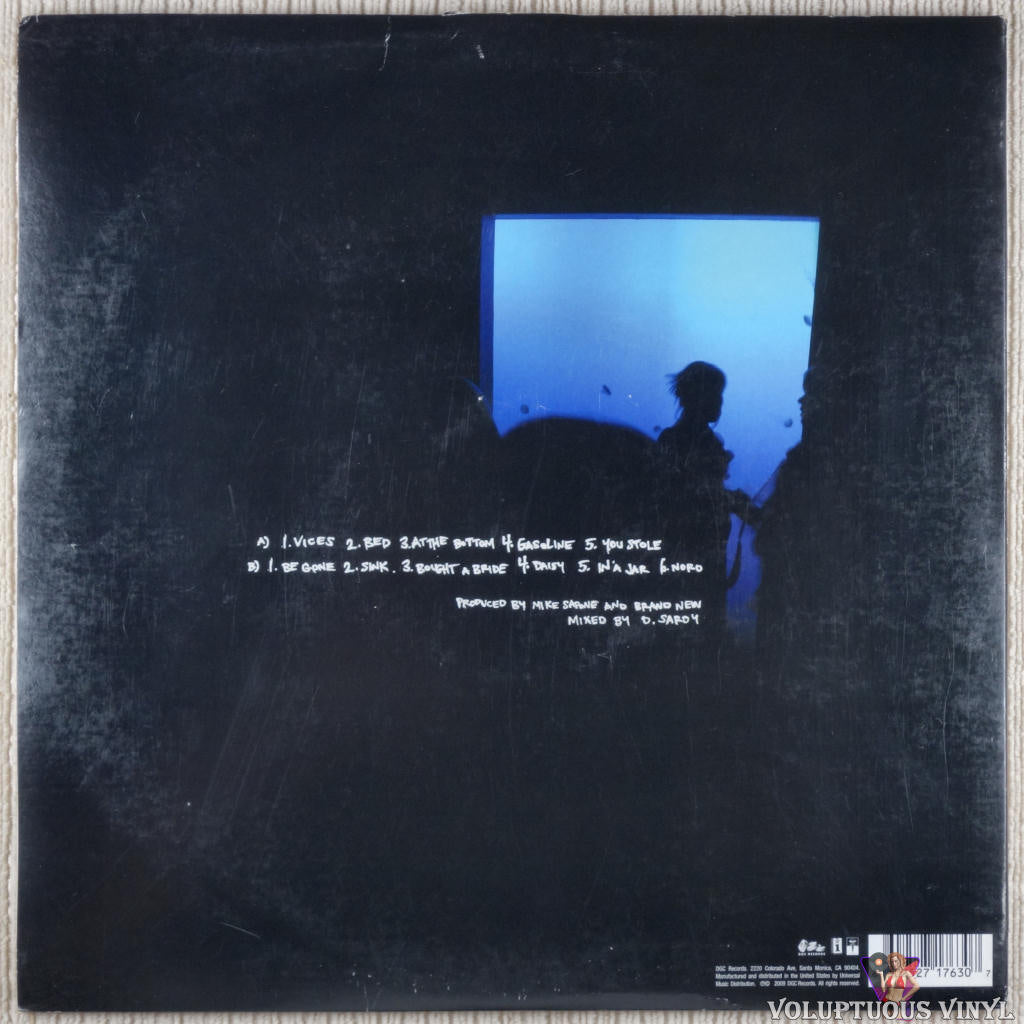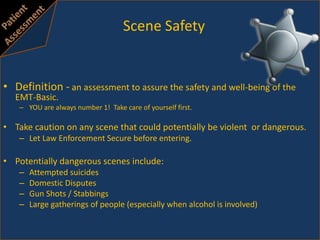10 Response and Size-Up. - ppt download
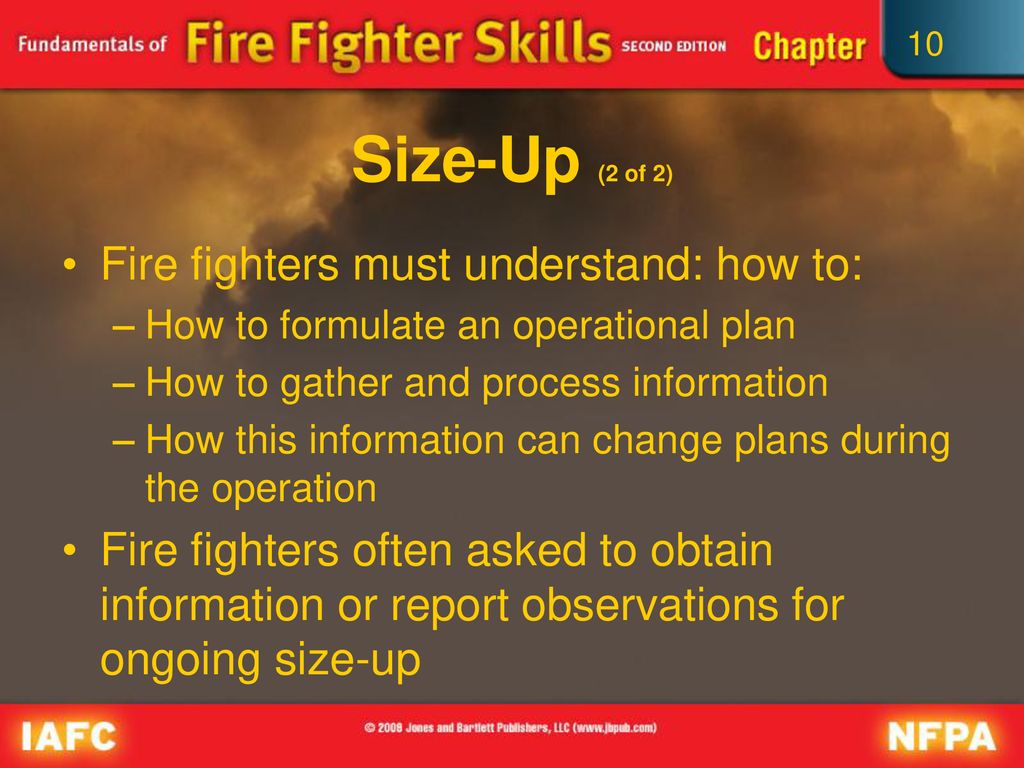
Objectives (1 of 2) Describe your role in ensuring safe and efficient response to an emergency scene. Describe how to ride an emergency vehicle safely. Describe how to dismount an emergency vehicle safely.
Define and describe size-up.
Series of actions that begin when a crew is dispatched to an alarm and end with their arrival at the emergency scene.
Donning PPE. Mounting the apparatus. Transporting equipment and personnel to the emergency incident.
A systematic process of gathering information and evaluating the situation. Begins at alarm receipt. Continues during response. Includes initial on-scene observations.
Fire fighters are involved in the process of gathering and processing information.
Ensure that PPE is complete, ready for use, and in good condition. Ensure PPE is in designated location.
Recheck PPE and tools thoroughly after each emergency response.
Most departments have both a primary and back-up method of transmitting alarms.
Use of computer terminals and printers to transmit dispatch messages increasing.
Outdoor sirens or horns may summon fire fighters in volunteer or rural departments. Most volunteer fire fighters receive dispatch messages over pagers.
Incident location. Type of emergency. Units due to response.
Telecommunicator provides additional information when available. Sent in dispatch messages to later-responding units or transmitted by radio while en route. Information can help in planning.
Do not run. Shut off appliances. Wait until apparatus doors are fully open before leaving.
Don PPE before mounting apparatus. All equipment must be properly secured. Be careful mounting apparatus.
You must wear your seat belt and/or harness. Noise produced by sirens can damage hearing. Wear hearing protection if provided.
During transport, limit conversation. Listen for instructions and additional information. Consider factors that could affect the incident: Time of day or night. Temperature. Location and type of incident.
Fire apparatus driver must exercise caution while driving. Never compromise safety for faster response time. Fire apparatus drivers have special training. Fire apparatus drivers must always consider the actions of other drivers first.
Personal vehicles. Fire fighters who respond in personal vehicles must follow laws, regulations, and SOPs. Some areas allow volunteer fire fighters to use colored lights to request a right of way.
Do not unfasten your seat belt. Do not dismount until the vehicle comes to a complete stop. Never stand while riding. Do not hold onto a moving vehicle. Do not ride on the rear step.
Ensure apparatus comes to a full stop. Check for traffic before opening doors. Check for other hazards present. Grab a handrail and step down.
Be aware—constantly! Drivers may not see fire fighters. Follow departmental SOPs for closing roadways. Highways are very dangerous. Use traffic cones or other devices. Wear reflective vests over PPE.
Fire fighters work in assigned teams. Teamwork and discipline are essential. Apparatus-responding fire fighters make up the crew assigned to that vehicle. Independently arriving fire fighters report to IC to be assigned to a company or crew.
Freelancing can compromise fire fighter safety. Do not respond to an emergency incident unless you have been dispatched.
Used to track every fire fighter at every incident scene. Maintains an updated list of the fire fighters assigned to each vehicle or crew. Tracks each crew’s assignment.
Personal accountability tags (PATs) Tag information may include: Name. ID number. Photograph. Medical history.
Fire fighters deposit PATs in a location on the vehicle. PATs are collected from each vehicle and taken to the command post. Fire fighters responding directly to the scene: Report to the command post to deposit their PATs and get an assignment.
One of the first tasks that must be accomplished. Follow departmental SOPs. Task often assigned to a certain company or crew. However, all fire fighters should know how to shut off building utilities.
Controlling utilities prevents: Electrocutions of fire fighters. Gas explosions. Unnecessary water damage.
Know what types of electrical drops and meters are in use in your area. Work with utility companies for specific training. High-voltage systems require electric company or trained personnel from premises to shut off electricity.
Call electric company to shut down power from a utility pole if: Outside wires are damaged by fire. Working with ladders or aerial apparatus. Risk of explosion exists. © Warren Gretz/NREL.
LP gas stored in a tank on premises or through underground pipes.
Often located outside building. May be in basement of older buildings.
Often has a distinctive handle that indicates direction to turn to open or close valve. To close, rotate handle to fully closed position. Do not reopen system—call in utility.
There is usually also a valve inside the basement of the building where the water line enters.
Process of evaluating an emergency situation to determine what actions need to be taken and what resources are needed to control an emergency. IC uses size-up to develop initial plan. At major incidents, size-up might continue through several stages. Ongoing size-up.
How to formulate an operational plan. How to gather and process information. How this information can change plans during the operation. Fire fighters often asked to obtain information or report observations for ongoing size-up.
Two categories of information: Facts. Probabilities.
Initial dispatch information contains facts. Location. Nature of the situation.
Whether the occupants are likely to be awake or sleeping. Whether traffic will delay the arrival of additional units.
Snow and ice delays the arrival of fire apparatus. Strong winds can cause rapid extension or spread of a fire. High heat and humidity may cause heat casualties.
Provides details about a building’s construction, layout, contents, special hazards, and fire -protection systems.
Action plan for a single-story, wood-frame dwelling is different than a steel-frame high-rise tower.
Building and fire safety codes change over time. Balloon-frame construction can provide a path for fire spread. Newer buildings use trusses.
Special factors that will assist or hinder operations are identified. Building occupancy is critical.
Direct observations are not complete. Smoke can obscure view of fire. © 2003, Berta A. Daniels.
Blistering paint could indicate the fire is in the walls.
Company officers report observations to IC. Each company has a unique view to report. IC may request a reconnaissance report. An inspection and exploration of a specific area.
Regular progress reports from companies working in different areas update information. Enables IC to judge if an operational plan is effective.
Use history and experience to predict future events. Attack plan is based on probabilities.
Convection, conduction, radiation, smoke conditions, and fire conditions enable IC to predict fire extension. IC also evaluates the potential for building collapse.
Availability depends on the capacity of a fire department.
Firefighting are resources usually defined as the numbers of engine companies, ladder companies, special units, and command officers required to control a particular fire.
Specialized equipment. Food and fluids for rehabilitation. Fuel for apparatus.
In area without hydrants, water supply could limit operations. Takes time to establish water supply from static source. Limited amount of water can be delivered by tanker shuttle.
Fire departments agree with surrounding jurisdictions to assist each other if a situation requires more resources than the local community has.
Outlines the steps needed to control the situation. Based on information gathered during size-up. Revised and expanded during incident.
Based on five basic fire-ground priorities: Rescue victims. Protect exposures. Confine the fire. Extinguish the fire. Salvage property and overhaul the fire.
Saving lives is the highest priority. Saving property is the remaining priority. Priorities are not separate and exclusive. Priorities guide the IC in making decisions.
Type of occupancy. Time of day. Degree of risk to the occupant’s lives. Often the best way to protect lives is to extinguish the fire quickly.
Keep fire from spreading from structure of origin to an exposure. IC must sometimes weigh potential losses.
IC defines a perimeter and plans operations so fire does not expand beyond the area.
Fire fighters enter structure, seek out seat of the fire, and overpower it.
Removal or protection of property that could be damaged during firefighting or overhaul. Goal is to reduce smoke and water damage to structure and contents.
Process conducted to ensure the fire is completely out. Floors, walls, ceilings, and attic spaces are checked for signs of fire. Debris is removed and doused. © Glen E. Ellman.
Remain seated and wearing a seat belt. Use caution when driving to ensure arrival on scene. Be alert when dismounting on roadways.
Preparation for response begins long before an alarm is received.
Confine fire. Extinguish fire. Salvage and overhaul.

Perfect Your Pitch & Investor Presentation
:max_bytes(150000):strip_icc()/retirement-planning.asp-FINAL-ed21279a08874c54a3a0f4858866e0b6.png)
What Is Retirement Planning? Steps, Stages, and What to Consider

9)Scene Size Up

10 Response and Size-Up. - ppt download

How to Download Microsoft PowerPoint: Mobile, Computer, Web

The best presentation software

How to Give a Killer Presentation
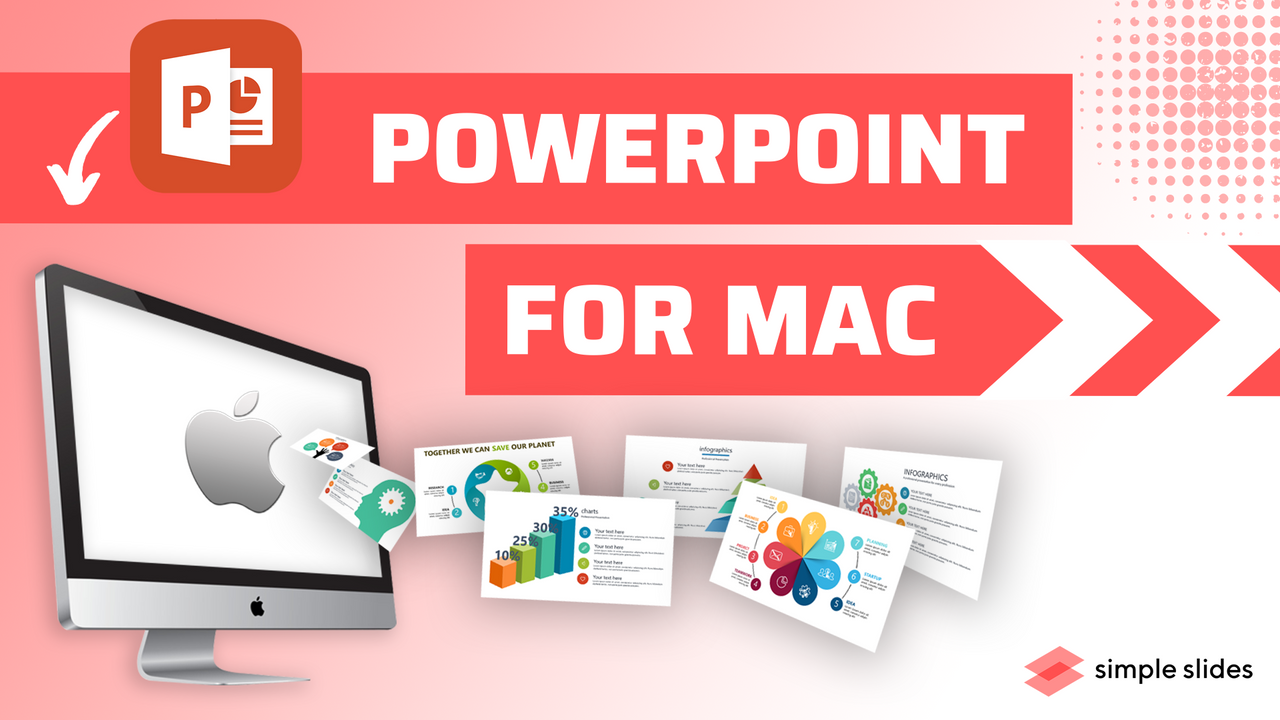
PowerPoint for Mac: How to Get it

How to Convert a PowerPoint presentation to Keynote

600+ Evaluation Forms

www.hubspot.com/hubfs/powerpoint-design-tricks_7.w

Case-wise details of presentation, defect size, mouth opening, and
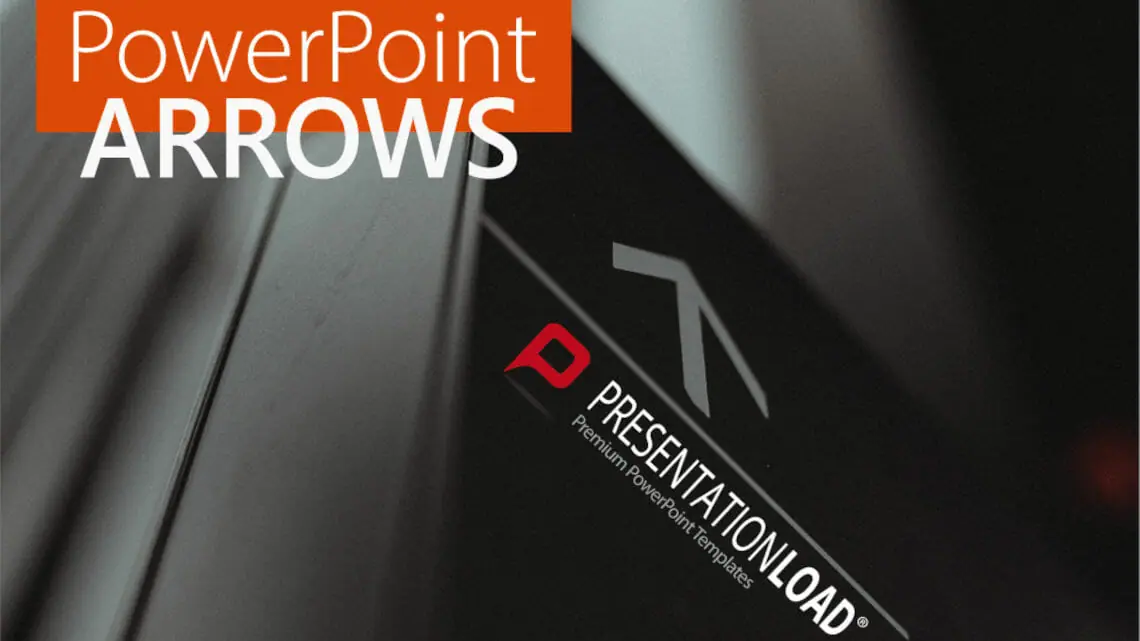
Working with PowerPoint Arrows in Presentations: Guide



